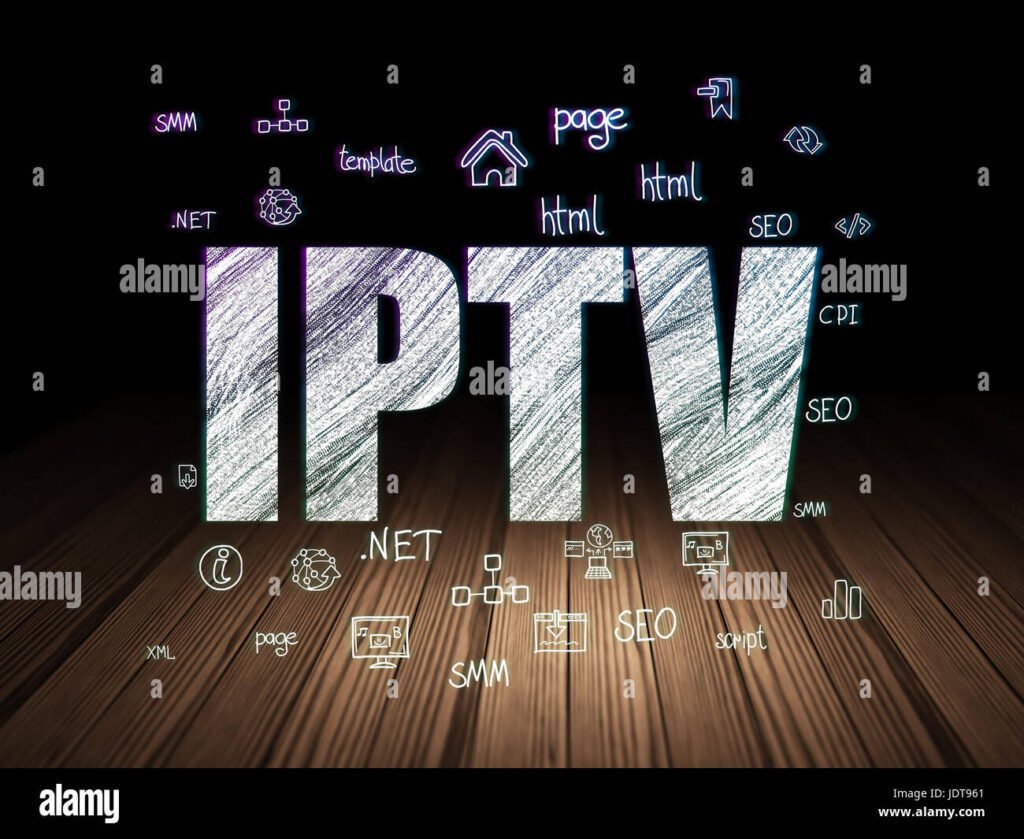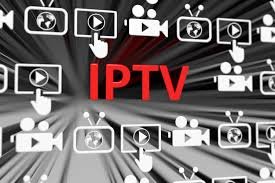
IPTV: How It Works and Everything You Need to Know
Introduction
IPTV (Internet Protocol Television) has rapidly transformed the way people consume entertainment, offering a modern alternative to traditional cable and satellite TV. Instead of relying on broadcast signals or physical cables, IPTV delivers content via the internet. In this article, we will explore how IPTV works, its underlying technology, and why it has become a game-changer in the entertainment industry. By the end, you will have a comprehensive understanding of IPTV and how it operates.
What is iptv subscription?
IPTV, short for Internet Protocol Television, uses the internet to transmit television programs and video content. Unlike traditional broadcasting methods that send signals through cable or satellite, IPTV delivers data packets to your device over an internet connection. This means you can watch live TV, on-demand shows, and movies through your Smart TV, smartphone, tablet, or streaming device.
Types of IPTV Services
There are three primary types of IPTV services, each catering to different viewing preferences:
- Live IPTV: Streams live television channels in real-time, replicating the experience of traditional TV. This is ideal for watching news, sports, or live events.
- Video on Demand (VOD): Offers a library of movies, TV shows, and other content that you can watch whenever you want.
- Time-Shifted IPTV: Allows you to watch previously aired programs, commonly referred to as catch-up TV or replay TV.
How Does iptv subscription Work?

IPTV functions through a system of protocols, servers, and streaming technologies that deliver content to users seamlessly. Let’s break down the process:
1. Content Acquisition
The first step involves acquiring TV channels, movies, and shows from various sources. These sources can be:
- Licensed broadcasters
- Content creators
- Streaming rights from production companies
The acquired content is then digitized and prepared for streaming.
2. Content Encoding and Compression
Once the raw content is acquired, it is encoded and compressed using video codecs like H.264, H.265, or VP9. Compression reduces the file size while maintaining video quality, ensuring smooth streaming even on lower bandwidths.
3. Content Storage
The encoded content is stored on servers, often referred to as Content Delivery Networks (CDNs). CDNs distribute the content across multiple data centers worldwide to ensure fast and reliable access for users.
4. Streaming Protocols
IPTV uses streaming protocols to deliver content. The most common protocols include:
- HTTP Live Streaming (HLS): Developed by Apple, this protocol delivers content in small chunks, making it highly reliable for live and on-demand streaming.
- Real-Time Messaging Protocol (RTMP): Used for low-latency streaming, especially for live events.
- Dynamic Adaptive Streaming over HTTP (DASH): Allows for adaptive bitrate streaming, automatically adjusting the quality based on the user’s internet speed.
5. Middleware and User Interface
Middleware acts as the backbone of the IPTV system, managing user requests, subscriptions, and content delivery. The user interface (UI) provides a seamless experience, allowing users to browse channels, search for content, and customize their preferences.
6. Content Delivery to the User
Finally, the content is delivered to the user’s device via a stable internet connection. Users can watch IPTV through apps, web browsers, or dedicated IPTV boxes like MAG or Android TV boxes.
Advantages of iptv subscription
IPTV offers several benefits that make it an appealing choice for consumers:
- Flexibility: Access content on-demand or watch live TV at your convenience.
- Multi-Device Compatibility: Stream IPTV on Smart TVs, smartphones, tablets, or laptops.
- Cost-Effectiveness: IPTV services are often more affordable than traditional cable or satellite packages.
- Global Access: Watch international channels and content that might not be available through local providers.
- Personalized Experience: Customize your viewing preferences with features like subtitles, multi-language audio, and parental controls.
Disadvantages of iptv box
While IPTV has numerous advantages, there are a few drawbacks to consider:
- Internet Dependency: A stable and fast internet connection is required for uninterrupted streaming.
- Potential for Buffering: Slow internet speeds or network congestion can lead to buffering issues.
- Legal and Security Concerns: Some IPTV services may operate in legal gray areas, offering unauthorized content.
- Technical Setup: Initial setup may be challenging for users unfamiliar with streaming technologies.
How to Set Up iptv subscription
Setting up IPTV is relatively simple. Follow these steps to get started:
Step 1: Choose best IPTV Providers
Research and select a reputable IPTV provider that meets your content needs and budget. Popular providers include:
- IPTV Smarters Pro
- XtremeHD IPTV
- Tivimate
- Sportz TV
Step 2: Ensure a Stable Internet Connection
Ensure you have a high-speed internet connection with the following minimum speeds:
- Standard Definition (SD): 5 Mbps
- High Definition (HD): 10 Mbps
- Ultra HD/4K: 25 Mbps
Step 3: Select a Compatible Device
IPTV can be used on various devices, such as:
- Smart TVs
- Streaming devices (Firestick, Roku, Chromecast)
- Mobile devices (smartphones, tablets)
- Laptops or desktop computers
Step 4: Install an iptv set top box App
Download and install an IPTV app from your device’s app store or sideload it if necessary. Common IPTV apps include:
- IPTV Smarters
- Tivimate
- VLC Media Player
- Perfect Player
Step 5: Configure Your best iptv box
Once the app is installed, log in with the credentials provided by your IPTV provider. Enter the M3U playlist or portal URL to start streaming.
Common Issues with IPTV and Troubleshooting
Like any technology, IPTV may encounter problems. Here are some common issues and how to resolve them:
- Buffering or Lagging
- Check your internet speed and reduce video quality if needed.
- Restart your router or switch to a wired connection.
- App Crashes or Freezing
- Update your IPTV app to the latest version.
- Clear the app’s cache or reinstall it.
- Missing Channels
- Refresh your channel list or contact your IPTV provider for support.
- Authentication Errors
- Double-check your login credentials and URL.
- Reach out to customer support if the issue persists.
Legal Considerations
It’s essential to understand the legal implications of using IPTV. While many IPTV services are legitimate, others may offer unauthorized access to copyrighted content. To stay on the right side of the law:
- Use licensed and reputable IPTV providers.
- Avoid services that provide pirated or illegal streams.
- Research your country’s regulations regarding IPTV usage.
Future of IPTV
IPTV is poised to grow as internet speeds increase and more people cut the cord on traditional cable. Innovations such as 5G and edge computing will enhance streaming quality and reduce latency. Additionally, integration with smart home systems and AI-driven recommendations will further personalize the IPTV experience.
Conclusion
IPTV represents the future of television, offering a flexible, affordable, and user-friendly way to access content. By understanding how IPTV works, you can make an informed decision about whether it’s the right choice for your entertainment needs. Whether you’re streaming live sports, binge-watching your favorite shows, or exploring international channels, IPTV provides endless possibilities for entertainment. Get started today and experience the next generation of television.